The Good Samaritan policy is designed to enable students to seek help for dangerously intoxicated individuals without consequences for the caller or the person in need. However, who the policy applies to and how it works remains unclear among student athletes.
Vice President of Campus Life Annette Diorio said that “the Good Samaritan policy applies to everyone. There is no different policy for athletes or non-athletes.”
After the women’s track and field team met with a representative of the athletic department at the beginning of year, however, two team members were left with different perceptions of how the school’s Good Samaritan policy affected them.
“They just explained basically the consequences” if someone was intoxicated to the point of needing the Good Samaritan policy, track and field member Courtney Geisenheimer ‘20 said. “So for track, we miss 20 percent of our season the first time [the policy is used], but I don’t know about other sports.”
“It’s definitely in the back of my mind if I see someone that’s really not in a good state,” Geisenheimer said. “I would obviously call regardless if I thought they needed to be hospitalized, but one of the cons of calling in my mind would be, ‘Are they this bad where I should [call],’ because they may be missing part of their season. But I mean if someone needs help, they need help.”
Another member of the women’s track and field team, who wished to remain anonymous, said that as she understood, if she or a teammate were to call or be called for being intoxicated and needed the Good Samaritan policy, they would not receive additional consequences. She added that, as far as she knew, an athlete could face consequences such as sitting for 20% of the season for alcohol violations not protected by the Good Samaritan policy.
The anonymous track member added that, per her understanding, coaches and athletic staff are made aware when the Good Samaritan policy is used on an athlete they train.
“Our coach has to know about it, the coaching staff has to know about it, the trainers have to know about it, and…you have to take off for a week or a week and a half,” she said.
Vice President of Campus Life Annette Diorio said that student athletes do not lose part of the season as a result of using the Good Samaritan policy. This has been the case since at least 2013, she added, although the original draft of the 2013 policy penalized student athletes in different ways than non-athletes. This draft was subsequently edited so that the Good Samaritan policy covered every student in the same way, she added, with no different repercussions possible.
The college typically sees between twenty and thirty students who are hospitalized in a year for alcohol-related issues that are reported by their friends, Diorio said. So far, 17 instances where the Good Samaritan policy was used have been reported in the crime log.
The potential consequences which were included in the original draft of the 2013 policy were largely challenged by student athletes. Diorio said it wasn’t more than four or five days after the initial draft was released that the consequences for athletes were changed, after the college realized that repercussions would be “counter” to the purpose of the policy.
“It was the very first [version] that went out, and it changed almost immediately,” Diorio said.
She said she checked the records of all athletes who were hospitalized per the Good Samaritan policy since then, and none of them were punished with suspension for any amount of games. However, they may miss practices and games while they wait to be “medically cleared” to play.
“Any time a student athlete is in the hospital…for any reason…they have to be medically cleared to return to play. That could take a couple of days for that to happen and that’s for the safety of the student athlete and no other reason,” Diorio said.
Diorio said the policy has been heavily marketed and advertised. Last spring, posters were used to advertise the policy on campus. However, several student athletes still share uncertainties about how the Good Samaritan policy applies to them.
Swimmer Kyle Doherty ‘19 said that he feels most athletes don’t understand the rules. Doherty said that as far as he knew, until this past year, an athlete would sit for 20 percent of the season if they used Good Samaritan policy.
“I think [the fear] has to do with the school not being forthcoming enough about this policy, if they did change it. I’m still not sure,” Doherty said. “That’s just what I heard from a senior [on my team].”
Golfer Aidan McDermott ‘20 said he thinks there are different consequences when a student athlete needs the Good Samaritan policy.
“I don’t think it’s different for us in terms of if we call [for] someone, but if we get [called for], I mean there’s something extra on our shoulders, but I don’t think there’s anything wrong with that cause as athletes were representing the school,” McDermott said.
Despite Diorio’s claims about the current policy, McDermott said a teammate who received the Good Samaritan Policy suffered consequences relating to his playing time.
“I don’t know whether it actually came from the administration or if it was our coach’s decision,” he said.
In response to these uncertainties, Diorio says that it is something the school will need to address.
“If students feel it’s something that doesn’t apply to them, that’s something I want to correct,” she said.
Fear of consequences could also deter students from seeking help for a friend, which is in part the reason the original draft of the policy was changed back in 2013, Diorio said.




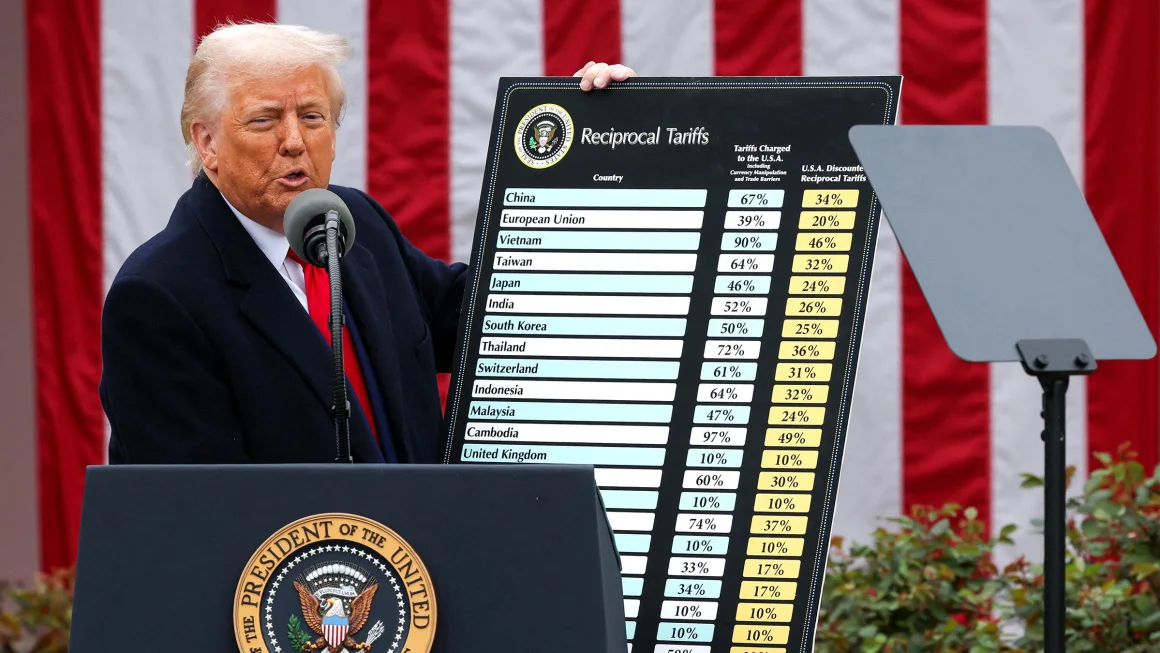
























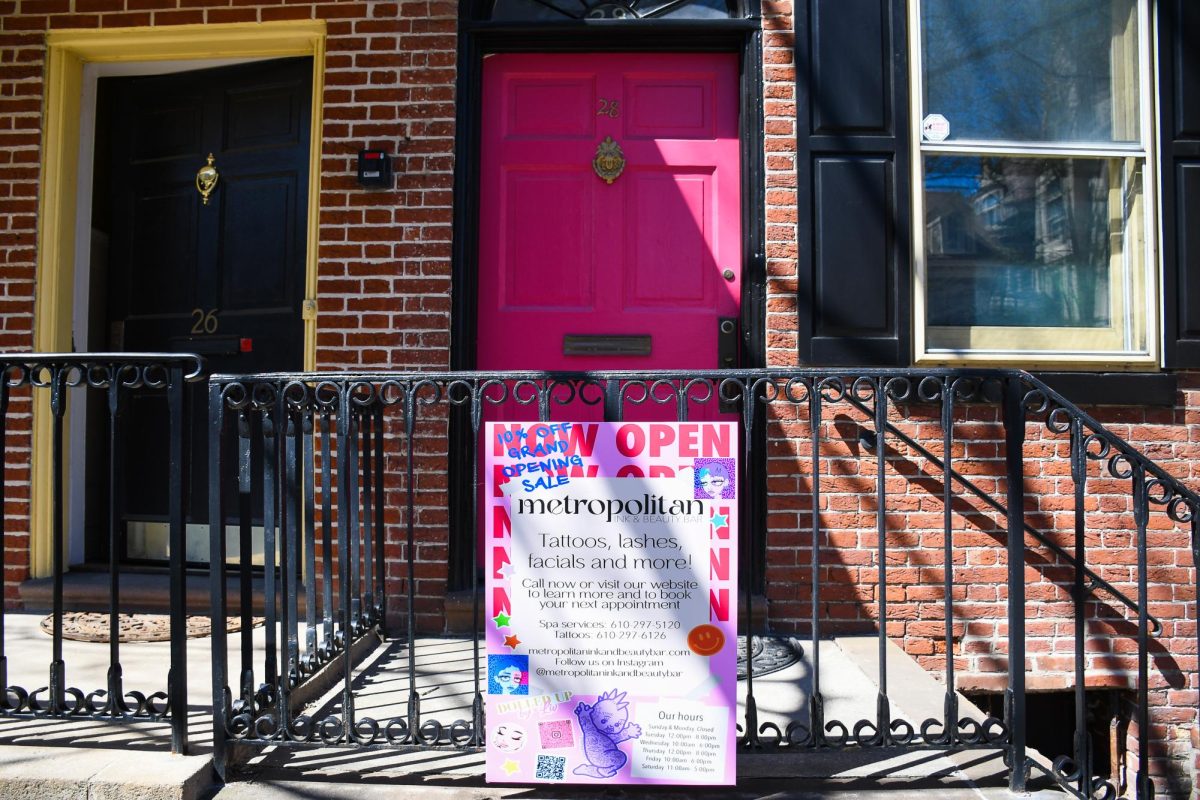





























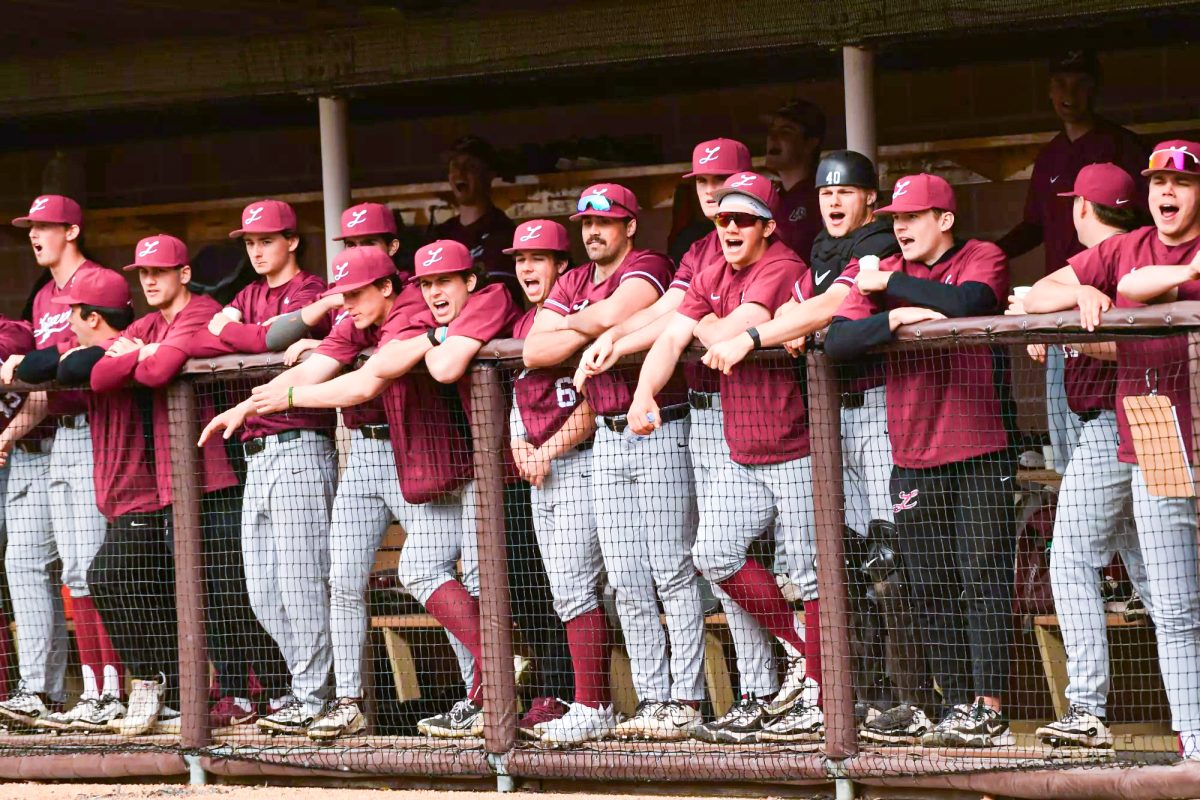

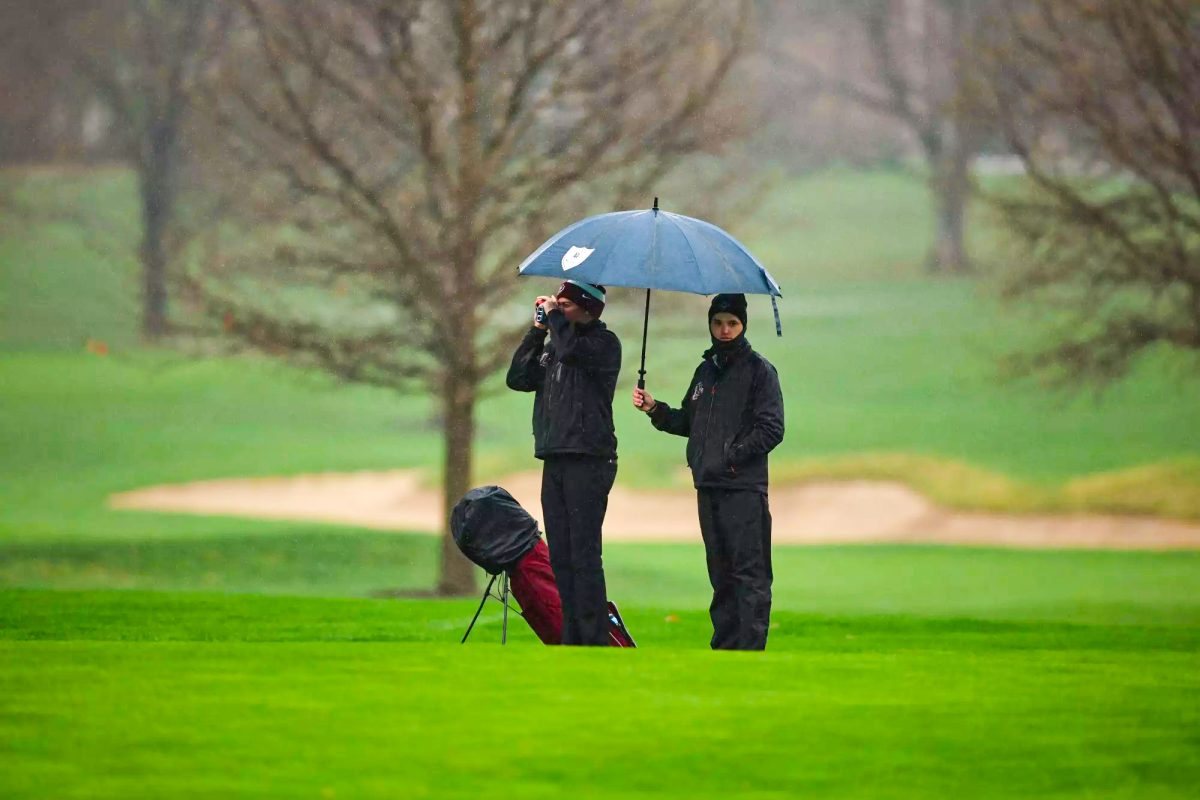
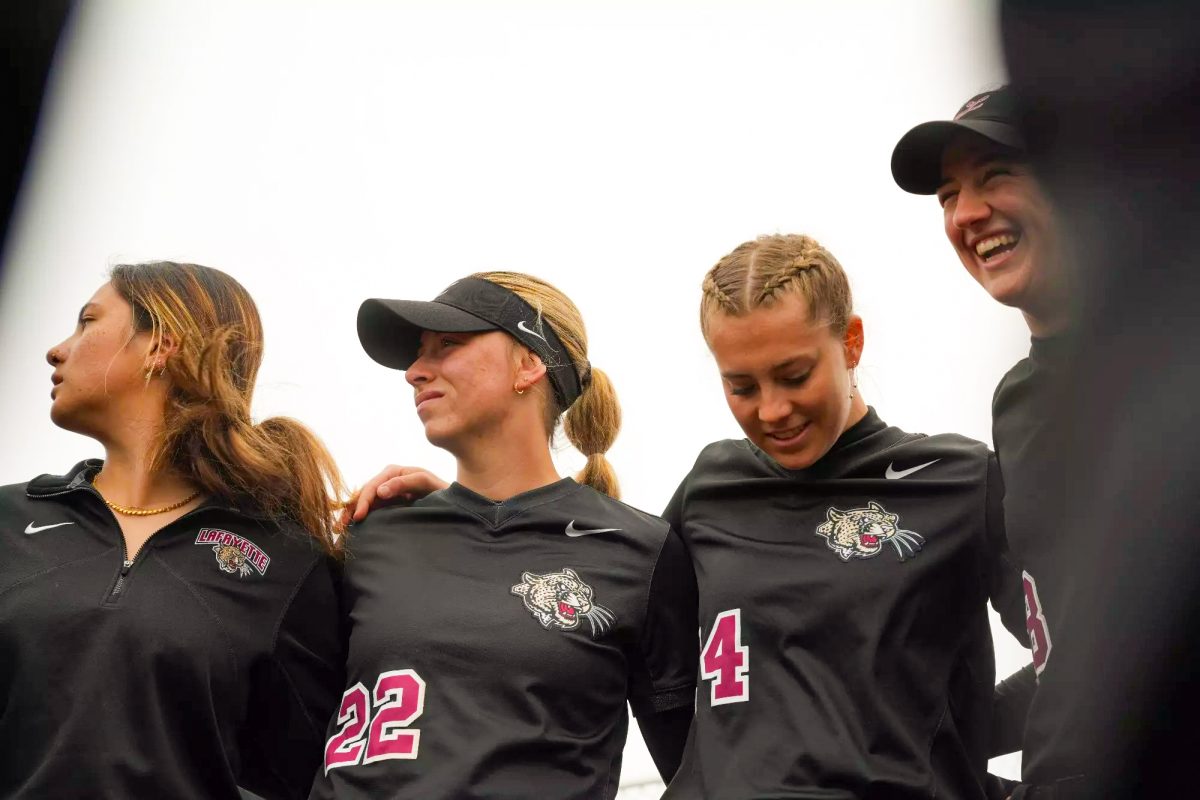
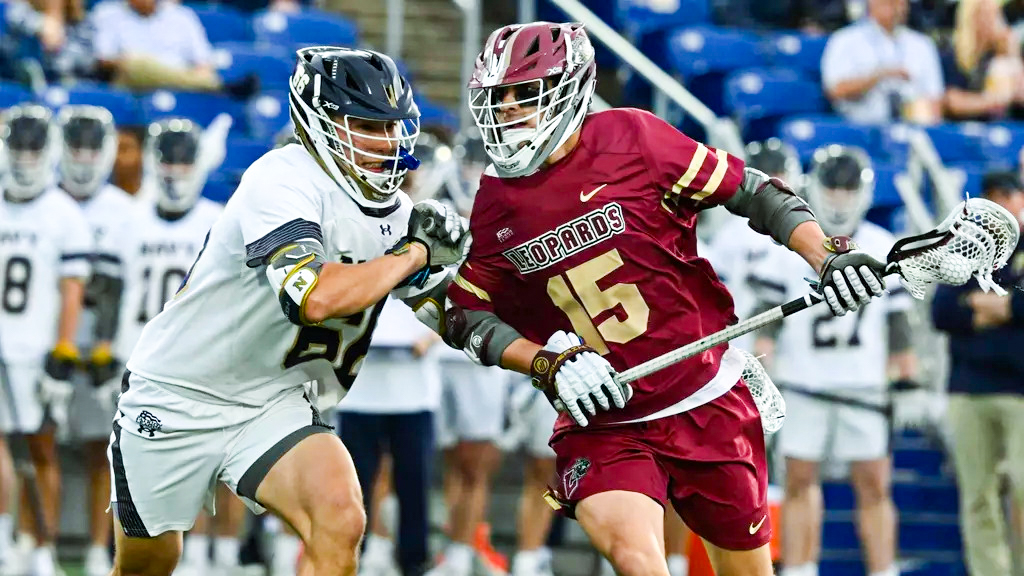































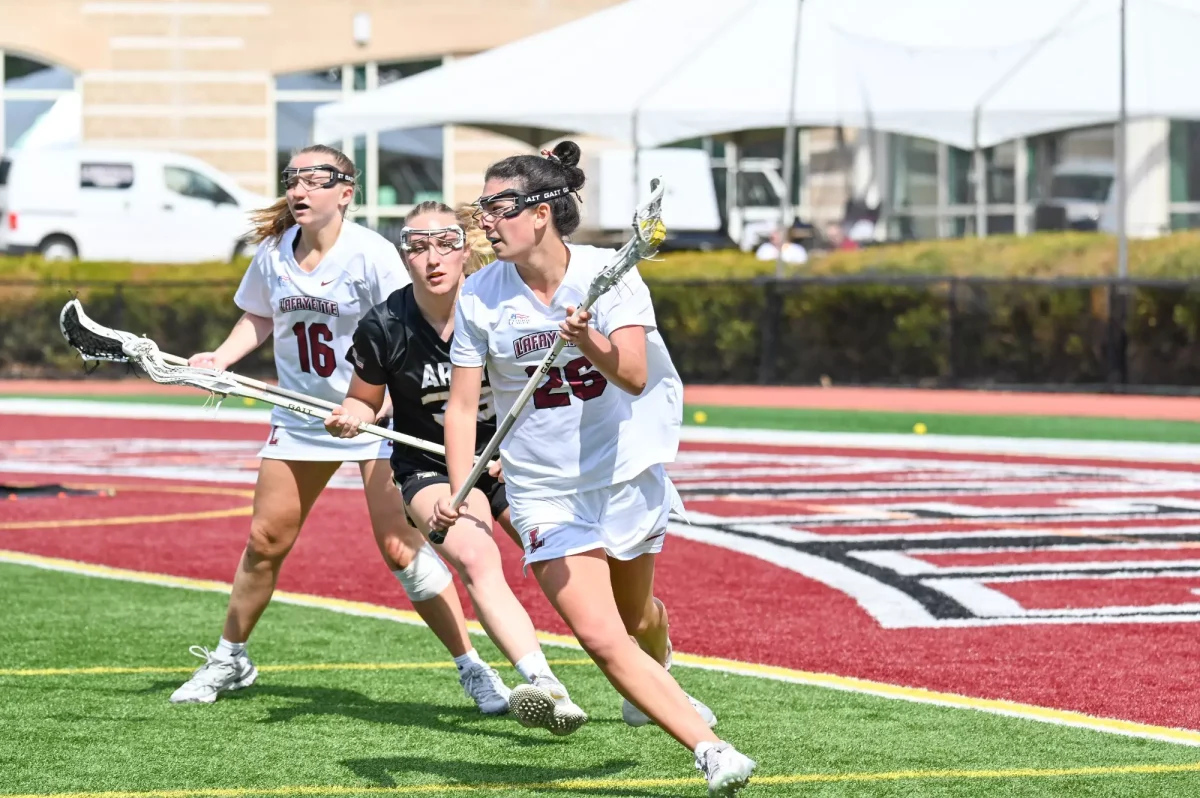























nothanks • Nov 15, 2017 at 4:57 pm
In sept of 2013 there was a large amount of athlete good samaritans. The athletic department called a meeting with every sports team telling them that 1st good samaritan = 20% season missed, 2nd meant a year and loss of scholarship for a year, and the 3rd you were off the team for good. They held these meetings with groups of teams each scheduled to only take about 30 minutes(so about 1.5 hours total) but actually looked about 4 hours total because in every single session, athletes pushed back against this policy. If they did change their policy after this meeting, athletes were NOT informed of this. I believe this was done because the AD’s hoped that those consequences would still be in the back of peoples minds even if they were no longer in effect.
RM '73 • Oct 9, 2017 at 3:48 pm
Could a current student please explain what’s changed? During my era, let alone my four years, I don’t recall *any* hospitalizations, even with multiples of our 20 fraternities having simultaneous keg parties.